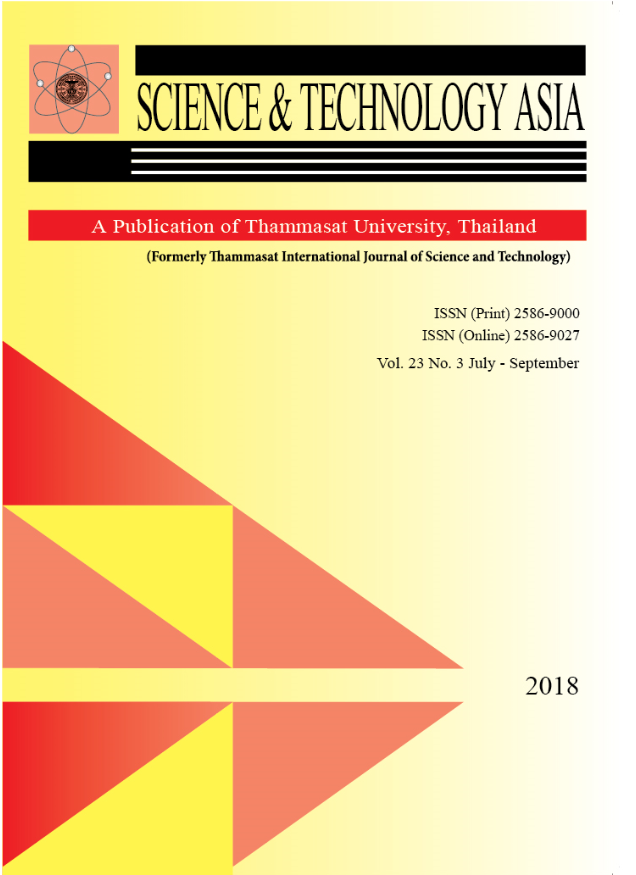A Direct Casting Method for the Fabrication of a Custom ScotchcastTM UCBL Foot Orthosis: A Case Study
Keywords:
UCBL, Rigid foot orthosis, Scotchcast, Foot pronation, FabricationAbstract
The UCBL orthosis is a useful intervention for correction of foot pronation. An alternative fabrication method which utilized the 3M™ Scotchcast™ materials was evaluated in a single patient. A twenty-three-year-old patient with 10° of correctable calcaneus valgus was provided a UCBL made from 4mm polypropylene as well as a Scotchcast UCBL. Degree of valgus correction permitted by the Scotchcast was evaluated through goniometry by using the Rearfoot Angle (RFA) and tensile and compression force testing was performed to evaluate durability of both types of devices. The Scotchcast UCBL permitted acceptable valgus correction of the calcaneus. Tensile and compression testing revealed observable differences in hardness between the two orthosis. Use of Scotchcast as a direct cast to fabrication UCBL provided adequate correction for this patient. The Scotchcast UCBL is an inherently harder orthosis, yet it is less than half the price of a polypropylene UCBL. The unique use of this material has potential in resource limited environments as a method of reducing cost and fabrication time.








